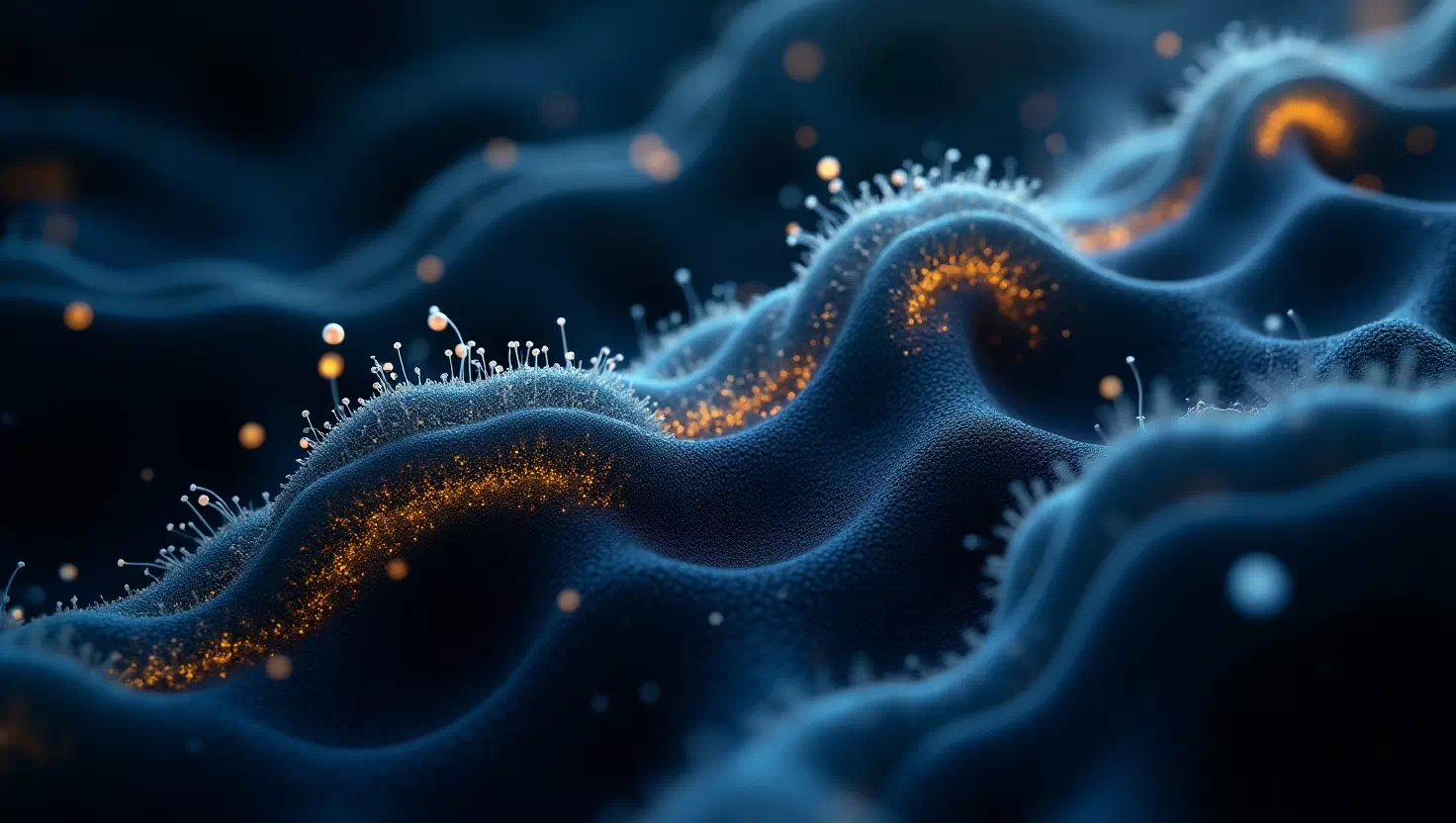Meta Description: Explore the latest advancements in membrane production for water treatment, including reverse osmosis, nanofiltration, and sustainable solutions. Learn how membrane technology addresses global water challenges.
Keywords: membrane technology, water purification, reverse osmosis, nanofiltration, sustainable water solutions, membrane fouling, polymer membranes
Introduction
Membrane technology has revolutionized water treatment, offering efficient solutions for desalination, wastewater recycling, and contaminant removal. By leveraging selective permeability, membranes act as barriers to pollutants while allowing clean water to pass through. This article delves into membrane production methods, key applications in water treatment, and emerging innovations driving sustainability 610.
Membrane Production: Materials and Methods
1. Polymer-Based Membranes
Most membranes are fabricated from polymers like polyamide, cellulose acetate, and polyvinylidene fluoride (PVDF). These materials balance durability, cost, and performance. For instance, reverse osmosis (RO) membranes use thin-film composite layers to achieve high salt rejection 910.
2. Ceramic and Hybrid Membranes
Ceramic membranes, made from alumina or zirconia, excel in harsh chemical environments. Hybrid membranes combine polymers with nanomaterials (e.g., graphene oxide) to enhance flux and antifouling properties .
3. Manufacturing Techniques
- Phase Inversion: A common method where a polymer solution is cast and immersed in a nonsolvent bath, creating porous structures 9.
- Electrospinning: Produces nanofiber membranes with high surface area, ideal for ultrafiltration (UF) .
Applications in Water Treatment 610
- Desalination via Reverse Osmosis (RO)
RO membranes remove 99% of dissolved salts, making seawater potable. Saudi Arabia and Israel rely heavily on RO for freshwater supply. - Wastewater Recycling with Membrane Bioreactors (MBR)
MBR systems integrate UF membranes with biological treatment, achieving high-quality effluent for industrial reuse. - Nanofiltration (NF) for Contaminant Removal
NF membranes target heavy metals (e.g., arsenic) and organic pollutants, balancing efficiency and energy consumption. - Microfiltration (MF) for Pathogen Removal
MF membranes with 0.1–10 µm pores eliminate bacteria and turbidity from drinking water.
Challenges in Membrane Technology
- Fouling and Scaling
Accumulation of particles (fouling) or minerals (scaling) reduces membrane efficiency. Solutions include periodic backwashing and antiscalant additives 10. - High Energy Consumption
RO systems require significant energy, prompting research into low-pressure membranes and renewable energy integration. - Cost of Advanced Materials
Ceramic and graphene-enhanced membranes are expensive, limiting large-scale adoption .
Innovations Driving Sustainability
- Biomimetic Membranes
Inspired by aquaporins, these membranes mimic natural water channels for ultra-efficient filtration . - Smart Membranes
pH- or temperature-responsive membranes adapt to varying conditions, optimizing performance. - Circular Economy Approaches
Recycling spent membranes and using biodegradable polymers reduce environmental impact .
Future Trends
- AI-Driven Membrane Design: Machine learning accelerates material discovery for tailored solutions.
- Decentralized Water Systems: Compact membrane units empower rural and disaster-stricken areas.
- Integration with Renewable Energy: Solar-powered RO plants mitigate carbon footprints .
Conclusion
Membrane technology is pivotal in addressing global water scarcity. Advances in production, antifouling strategies, and sustainable materials promise cleaner, more accessible water. As research evolves, membranes will play a central role in achieving the UN’s Sustainable Development Goal 6 (Clean Water and Sanitation).

